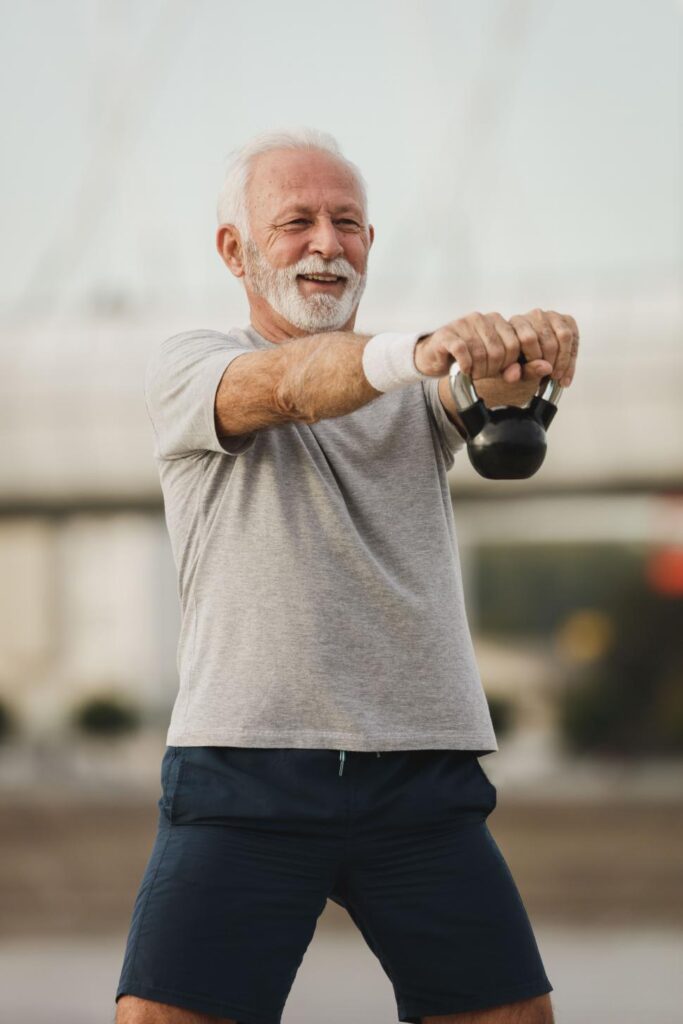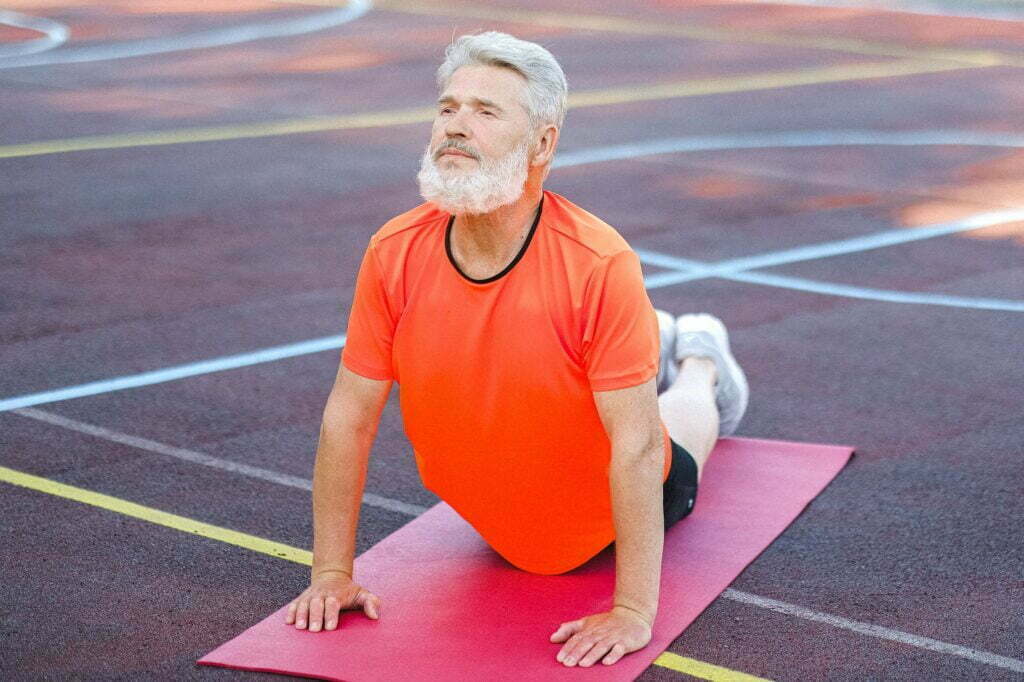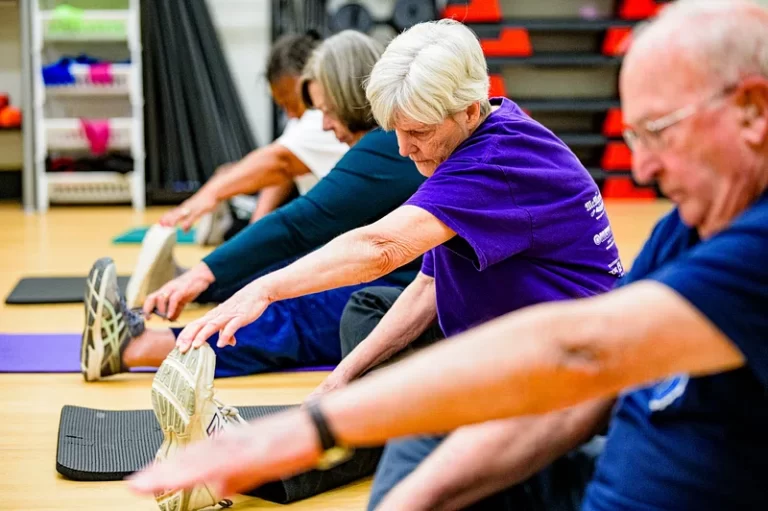Top 5 Fitness Advice for Men in their 60s to Prevent Muscle Loss

Top 5 Fitness Tips to Prevent Muscle Loss for Men in Their 60s
As we age, the concern of losing lean muscle, commonly referred to as sarcopenia, becomes prevalent. Once you reach the age of 30, it’s possible to experience a decline of approximately 3% to 5% in lean muscle mass every decade if no action is taken. While this natural process is a part of growing older, there are steps you can take today to either prevent or slow down this decline. Ronny Garcia, a Certified Personal Trainer at Blink Fitness, shares some valuable fitness tips for men in their 60s to help prevent muscle loss.
Garcia emphasises that it’s important to maintain your supply of lean muscle for a variety of reasons, including maintaining strength and overall functionality. Lean muscle supports daily activities and has a direct impact on physical strength and functionality. Additionally, muscle mass plays a significant role in bone health. Engaging in activities like strength training stimulates both bone growth and density, reducing the risk of conditions such as osteoporosis and fractures.”
It’s essential to be aware of signs indicating a loss of muscle mass, such as changes or declines in performance and strength, a decrease in muscle tone and size, and reduced endurance (resulting in increased fatigue during exercise). Below, Garcia outlines some key fitness tips for men in their 60s to prevent muscle loss. Continue reading to discover these tips, and afterward, don’t forget to explore “The Best Daily Bodyweight Workout Men Can Do to Build Muscle Over 40.”
- Strength train

It might seem obvious, but to maintain and enhance your muscle strength, it’s essential to incorporate strength training into your regular workout regimen. Regardless of whether you’re new to weightlifting or feel a bit unsure, seeking guidance from a certified fitness expert is a wise move. They can tailor a personalized strength training program for you and ensure that you perform each exercise safely and effectively.
Garcia suggests incorporating compound exercises like squats, bench presses, deadlifts, and rows into your routine at least two to three times a week. He stresses that “the most effective way to stimulate muscle growth is through strength training.”
- Perform Resistance Exercises

Giving priority to resistance exercises in your fitness regimen is another effective approach to fortify your muscles. These exercises can involve using resistance bands or weight machines, aiding in the enhancement and retention of bone density and muscle mass.
Scientific evidence attests to the effectiveness of resistance training in combatting sarcopenia. For instance, a study published in Frontiers in Sports and Active Living demonstrated that eight weeks of high-speed resistance training led to enhanced functionality and strength gains, surpassing the outcomes of traditional training methods for older adults.
- Don’t Skip out on Your Cardio

When you think about enhancing your muscle strength, weightlifting and resistance exercises often come to mind. However, maintaining excellent health and fitness in your 40s, 50s, 60s, and beyond requires a well-rounded approach that combines both strength activities and cardiovascular workouts. Discover a cardiovascular exercise that you genuinely enjoy and dive into it. As Garcia advises, “Integrate your strength training with activities like walking, cycling, or swimming to create a comprehensive exercise regimen.”
- Focus on Mobility and Flexibility

Another valuable fitness tip to counteract muscle loss as you reach your 60s is to place a strong emphasis on mobility and flexibility within your exercise routine. According to the National Institute on Aging, preserving your mobility and steering clear of disability is vital if you wish to maintain your independence as you age. Changes in balance, strength, and gait can lead to alterations in the way you walk and move, potentially making it more challenging to engage in your favorite activities and hobbies, such as pickleball and swimming.
“Incorporating activities like yoga or pilates can be highly beneficial for preventing muscle stiffness and enhancing overall mobility,” suggests Garcia.
- Do Some High-Intensity Interval Training

Engaging in high-intensity interval training (HIIT) might seem daunting if you’re new to it. However, Garcia reassures that it’s a superb method for giving your metabolism a significant lift, preserving muscle mass, and improving your cardiovascular health.






